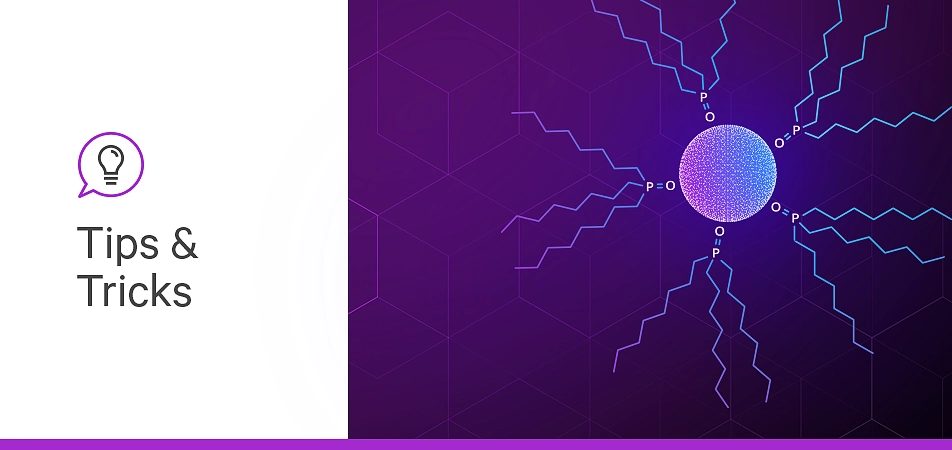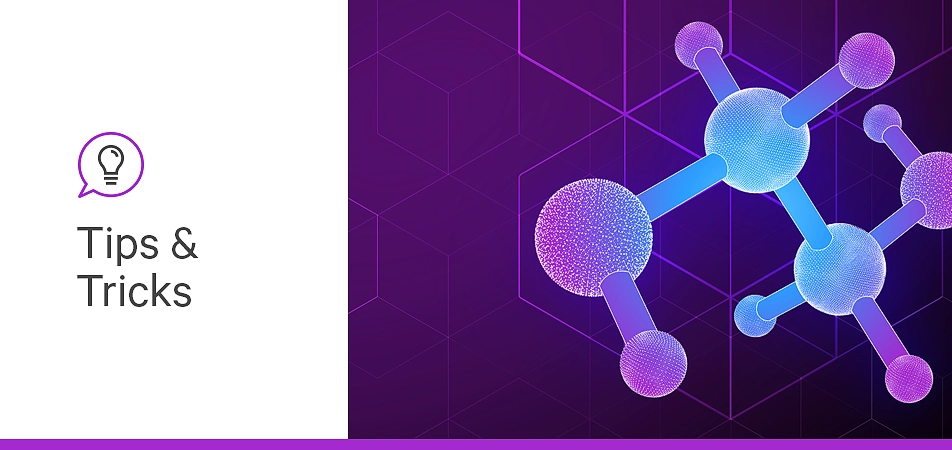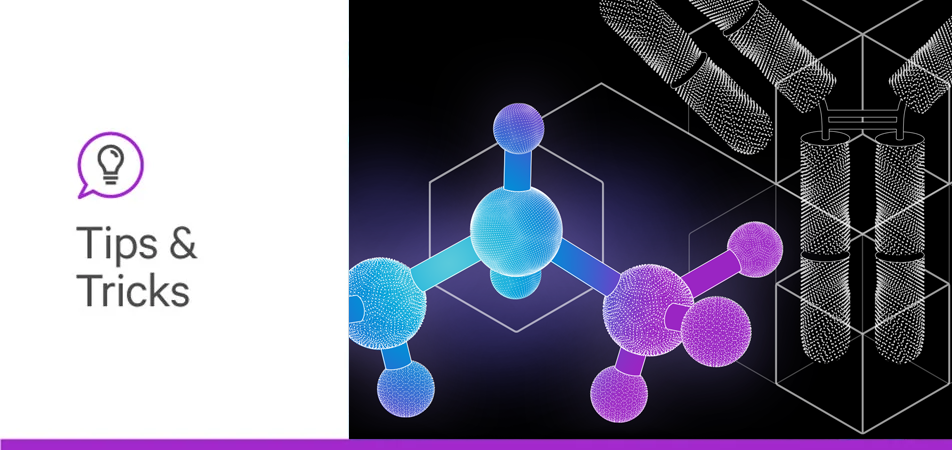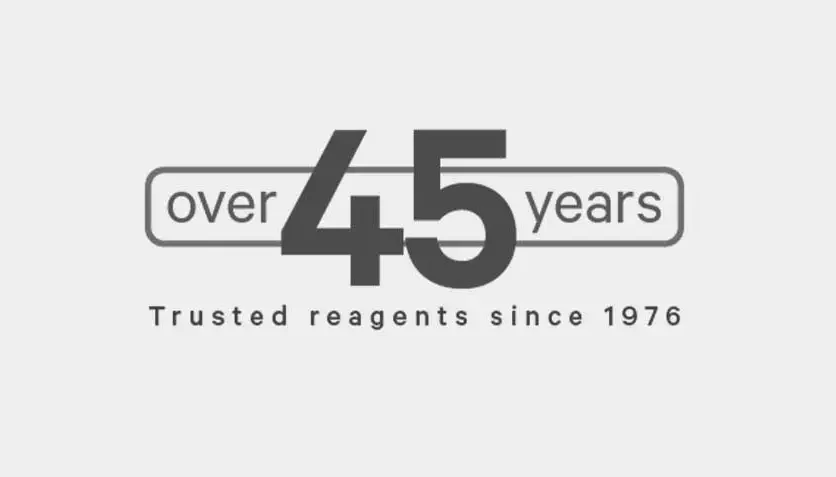
It Takes Two to Tango, Part 1: Bioconjugation
In the first of our three part series on Bioconjugation, we’ll be exploring what’s involved, how it enables life science research, the challenges associated with it, and the excitement in future work.

In the first of our three part series on Bioconjugation, we’ll be exploring what’s involved, how it enables life science research, the challenges associated with it, and the excitement in future work.

In the previous section, we discussed the methods of bioconjugation. And the marriage of a biomolecule and a small molecule has given rise to various modalities commonly used in biomedical research. Here, we focus on the applications in the fields of therapeutics, diagnostics, protein-protein interactions, and nanotechnology.

With knowledge of the applications that bioconjugation can play into, we finish by highlighting its key advantages and critical uses. While the applications are much broader than what we summarize here, we can deduce common threads between these methods.

Multiplexing has revolutionized immunostaining workflows. It allows the simultaneous detection of multiple targets in the same tissue section and empowers scientists to gather more data while sparing precious samples. But issues with cross-reactivity between reagents can hinder the ability to perform simultaneous double or triple staining. When these issues arise, scientists can use the VectaPlexÔ Antibody Removal Kit to do multiple rounds of labeling and perform multiplexing experiments.





Stay in the Loop. Join Our Online Community
Products
Ordering
About Us
Application
Resources

©Vector Laboratories, Inc. 2025 All Rights Reserved.
To provide the best experiences, we use technologies like cookies to store and/or access device information. Consenting to these technologies will allow us to process data such as browsing behavior or unique IDs on this site. Not consenting or withdrawing consent, may adversely affect certain features and functions. Privacy Statement